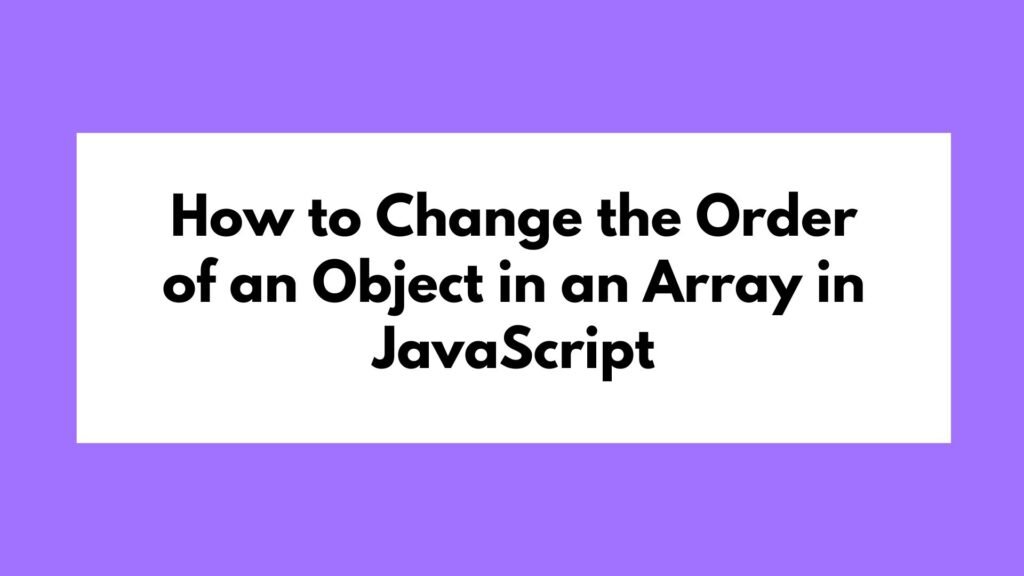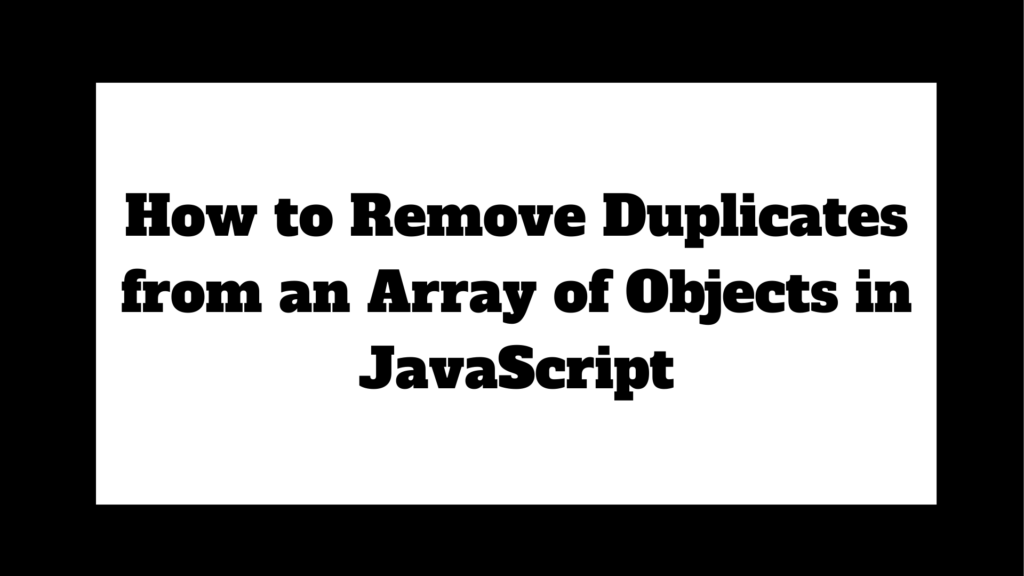
Adding entries to an object in JavaScript is a fundamental task in web development. This guide covers various methods to add new key-value pairs to objects, from basic syntax to more advanced techniques, with detailed explanations and code examples.
let obj = { name: "Alice" };
obj.age = 25; // Adding a new entry
console.log(obj); // { name: "Alice", age: 25 }
- Purpose: Adding new key-value pairs to a JavaScript object.
- Common Methods: Dot notation, bracket notation,
Object.assign(), and the spread operator.
Methods on How to Add Entries to an Object in JavaScript
In JavaScript, an object is a collection of key-value pairs. Keys are typically strings, while values can be of any data type. Adding entries to an object is essential for dynamically manipulating data structures, handling API responses, and more.
Adding Entries Using Dot Notation
Dot notation is the most straightforward way to add entries to an object. It’s intuitive and easy to use when the key is a valid identifier.
Example 1: Basic Dot Notation
let obj = { name: "Alice" };
obj.age = 25; // Adding a new key-value pair
console.log(obj); // { name: "Alice", age: 25 }
Explanation:
obj.age = 25;: Adds a new keyagewith the value25to the objectobj.console.log(obj);: Outputs the updated object.
Adding Entries Using Bracket Notation
Bracket notation allows you to add entries to an object with keys that might not be valid identifiers (e.g., keys containing spaces or starting with a number). It also enables dynamic key generation.
Example 2: Using Bracket Notation
let obj = { name: "Alice" };
obj["age"] = 25; // Adding a new entry with a key as a string
console.log(obj); // { name: "Alice", age: 25 }
let key = "favorite color";
obj[key] = "blue"; // Adding a new entry with a key containing spaces
console.log(obj); // { name: "Alice", age: 25, "favorite color": "blue" }
Explanation:
obj["age"] = 25;: Adds a new keyagewith the value25using bracket notation.obj[key] = "blue";: Dynamically adds a new entry where the key is the value of thekeyvariable.
Adding Multiple Entries Using Object.assign()
Object.assign() is useful for adding multiple entries to an object at once. It merges properties from one or more source objects into the target object.
Example 3: Using Object.assign()
let obj = { name: "Alice" };
Object.assign(obj, { age: 25, city: "Wonderland" });
console.log(obj); // { name: "Alice", age: 25, city: "Wonderland" }
Explanation:
Object.assign(obj, { age: 25, city: "Wonderland" });: Merges the properties from the second argument intoobj.console.log(obj);: Outputs the updated object with multiple new entries.
Adding Entries Using the Spread Operator
The spread operator (...) is a modern ES6 feature that allows for the creation of a new object by combining properties of existing objects, making it ideal for adding new entries in an immutable way.
Example 4: Using the Spread Operator
let obj = { name: "Alice" };
let newObj = { ...obj, age: 25, city: "Wonderland" };
console.log(newObj); // { name: "Alice", age: 25, city: "Wonderland" }
Explanation:
{ ...obj, age: 25, city: "Wonderland" }: Creates a new object by combining the properties ofobjwith the new entries.console.log(newObj);: Outputs the new object with the added entries.
Dynamic Keys in Object
Sometimes, you may need to add entries to an object with keys that are determined at runtime. Both dot and bracket notation can be used with variables to achieve this.
let obj = {};
let key = "dynamicKey";
obj[key] = "dynamicValue"; // Adding a new entry with a dynamic key
console.log(obj); // { dynamicKey: "dynamicValue" }
Explanation:
obj[key] = "dynamicValue";: Adds a new entry toobjwhere the key is determined by the value of thekeyvariable.console.log(obj);: Outputs the object with the dynamically added key-value pair.
Conclusion
Adding entries to an object in JavaScript is a fundamental task that can be accomplished in various ways, each suited to different scenarios. Whether using dot notation, bracket notation, Object.assign(), or the spread operator, understanding these methods allows you to manipulate objects effectively in your JavaScript code.
By mastering these techniques, you can handle dynamic data structures with ease, making your code more flexible and maintainable.


